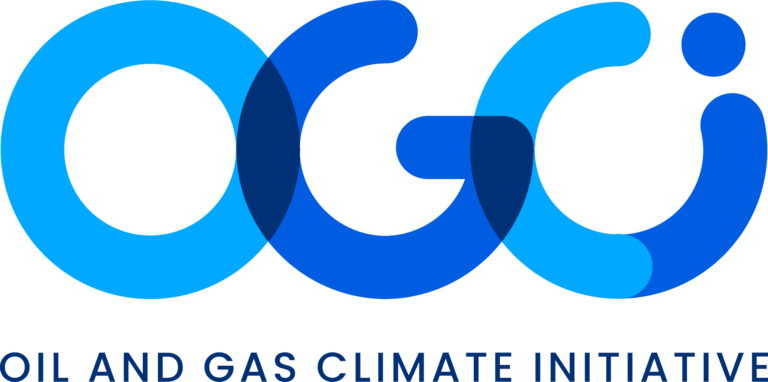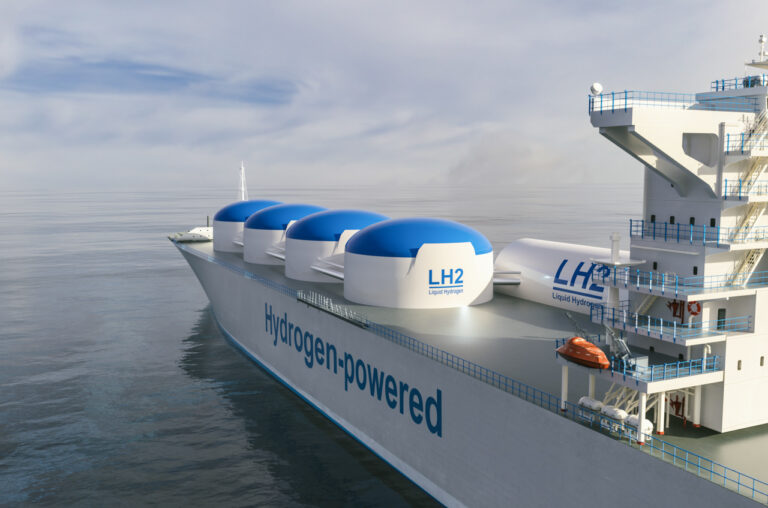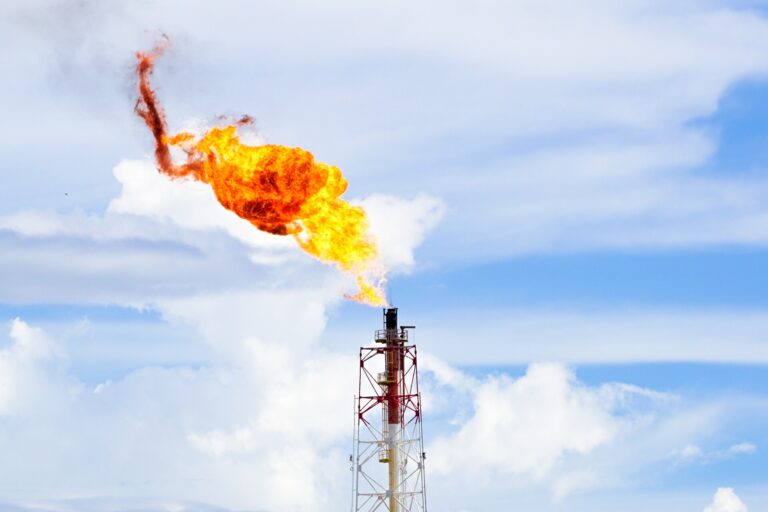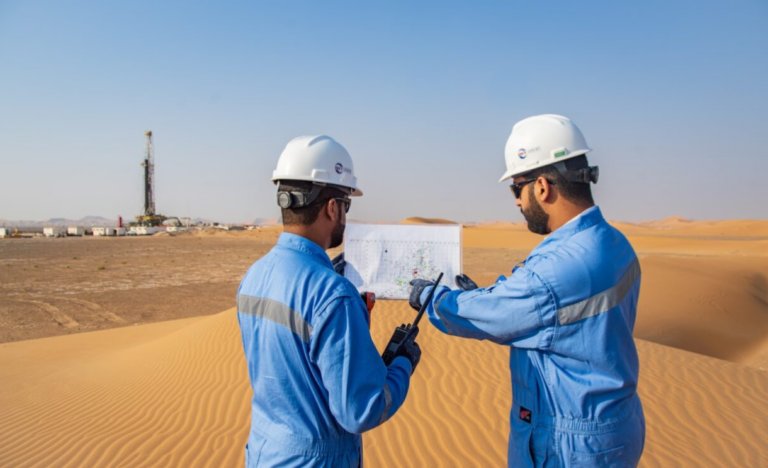The report explores the current emissions landscape across major oil and gas producing countries in the region, identifying gaps in data, monitoring, and regulatory frameworks. It highlights early progress made by national oil companies (NOCs) such as Pertamina, Petronas, and PTTEP, who are already piloting methane reduction technologies. Policy mapping reveals varying levels of readiness across ASEAN Member States (AMS), underscoring the need for stronger regional coordination. To support this, ACE introduces the “Hub for Innovative and Harmonized Methane Emissions Mitigation” (HORIZONS)—a new platform to centralise methane-related work, from research and data harmonisation to policy and financing. With practical recommendations and regional insights, this report aims to drive coordinated action and position methane mitigation as a key pillar of ASEAN’s energy transition.
Scoping methane emissions in ASEAN’s oil and gas sector


OGCI and its member companies do not assume any responsibility for the accuracy or reliability of any information offered by third-party websites linked though this site. The views expressed in the external content do not necessarily reflect those of OGCI or its member companies. See our Terms of Use.
More info
Related resources
This resource outlines the work and research conducted by EQT’s Production and Environmental teams to target low-cost opportunities for abating methane emissions from natural gas-driven
Ten-step roadmap for policymakers to implement methane policies for the oil and gas industry. Across these steps, the process of implementing a new regulation unfolds
MiQ has developed and launched the Gas Buyers Methane Emissions Calculator, a tool designed to help natural gas buyers assess the potential methane emissions reductions
Recently visited resources
The IEA’s gas flaring page reviews global flaring trends, environmental impacts, and reduction strategies. It discusses flaring’s role in greenhouse gas emissions and offers links
Brochure created by GasNaturally discussing methane emissions in Europe. It highlights the environmental impact of methane, O&G sources, and emission reduction strategies. The document also
This book highlights the business case for reducing gas flaring and methane emissions (FMR), offering a framework for policymakers to evaluate FMR project feasibility and











